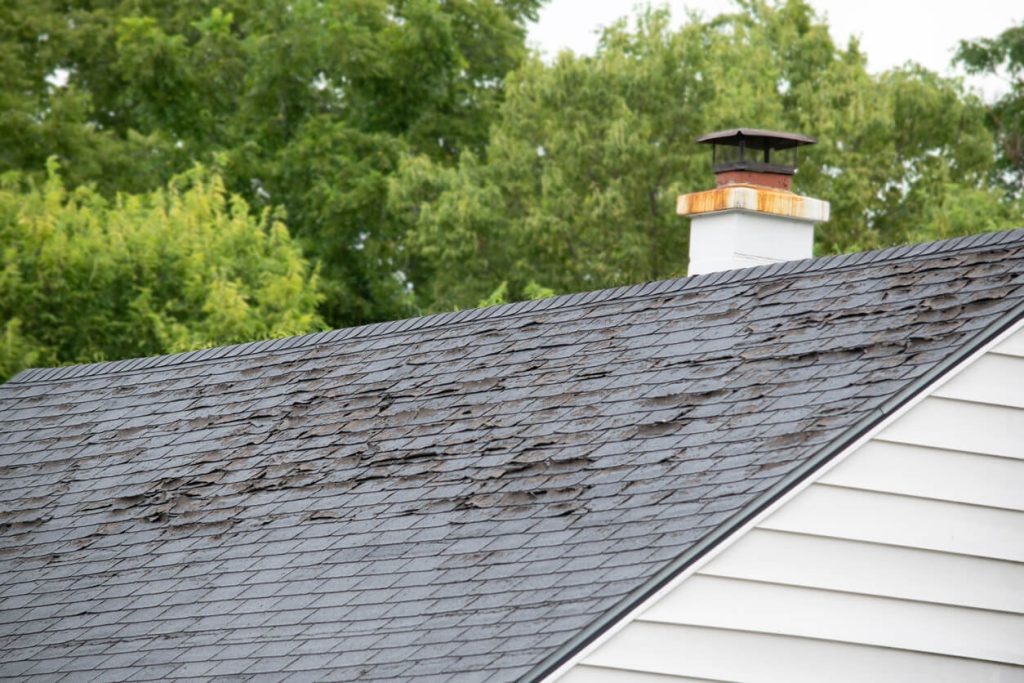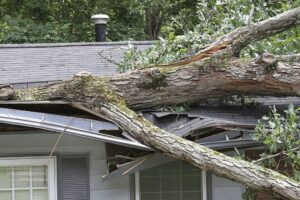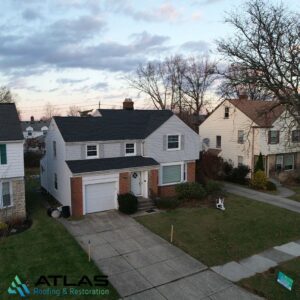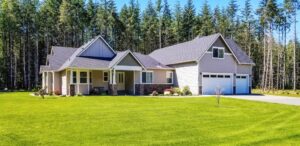When it comes to homeownership in Cleveland, Ohio, few things are as vital as protecting your investment with a solid, long-lasting roof. For those focused on residential roofing, understanding how Cleveland’s unique climate affects your roof’s durability is essential. With Lake Erie just to the north and weather that swings between hot and humid summers and icy, snow-packed winters, roofing systems in the area face a unique set of challenges—humidity being one of the most relentless.
Understanding Cleveland’s Climate
Cleveland experiences a humid continental climate. While winters are long and often snow-covered, summers are warm and humid, with July and August regularly seeing relative humidity levels above 70%. This consistent exposure to moisture in the air can lead to significant long-term wear and tear on roofing materials, particularly if not properly maintained.
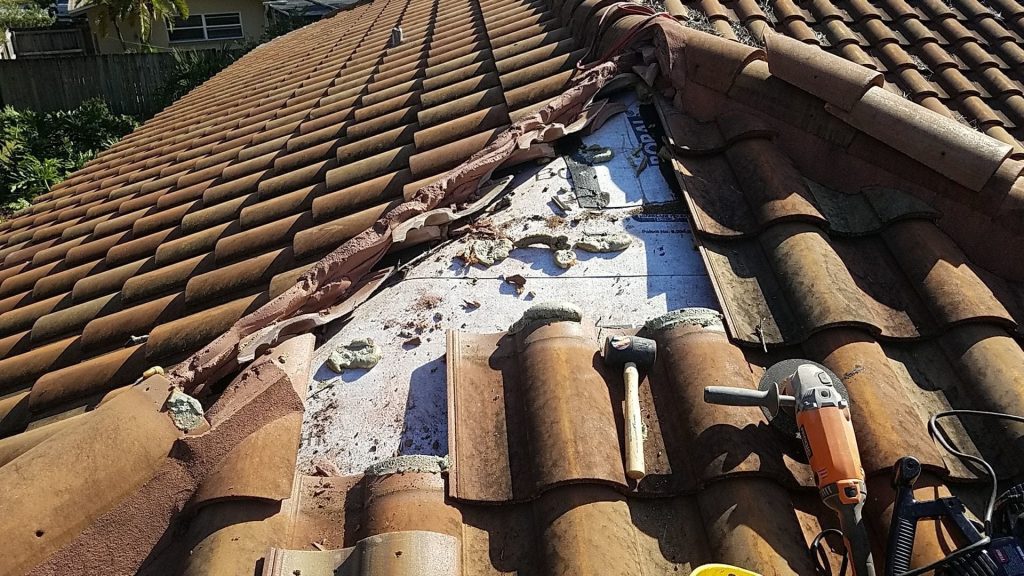
Humidity may seem like a mild inconvenience indoors, but for roofing systems, it’s a silent threat that weakens structural components over time. For Cleveland homeowners, staying ahead of humidity-related damage is key to avoiding expensive repairs or premature roof replacements.
How Humidity Affects Roofing Materials
1. Asphalt Shingles
The most common roofing material used in residential roofing throughout Cleveland is asphalt shingles. While cost-effective and relatively easy to install, asphalt shingles are particularly vulnerable to moisture. High humidity can lead to:
- Granule Loss: The protective granules on shingles start to loosen and fall off due to prolonged exposure to moisture and heat, reducing their effectiveness.
- Curling and Warping: Moisture trapped under the shingles or within the decking can cause the material to warp or curl, compromising the roof’s ability to shed water.
- Moss and Algae Growth: Humid environments are perfect for moss and algae, which not only create unsightly stains but can trap additional moisture and degrade shingles even faster.
2. Wood Shingles and Shakes
Wooden roofing materials, while aesthetically pleasing, are incredibly susceptible to the effects of humidity. Constant exposure to moisture can lead to:
- Rot and Decay: Wood is a porous material and can easily absorb moisture, which promotes fungal growth and decay.
- Insect Infestation: Damp wood becomes an inviting habitat for insects such as termites and carpenter ants.
3. Metal Roofs
Metal roofing is growing in popularity for Cleveland homes due to its durability and resistance to fire and wind. However, humidity still plays a role in wear and tear:
- Rust and Corrosion: While many metal roofs are treated with protective coatings, areas where the coating is damaged can be vulnerable to rust in high-humidity environments.
- Expansion and Contraction: Humidity, combined with temperature swings, can cause metal to expand and contract, loosening fasteners over time.
The Role of Attic Ventilation
Humidity issues don’t start and end outside the roof. Poor attic ventilation is a common problem in residential roofing systems, especially in older Cleveland homes. When warm, moist air from your home rises and becomes trapped in the attic, it can condense on cooler surfaces like roofing nails and sheathing, leading to:
- Mold Growth: Mold can spread quickly, leading to health concerns and the need for expensive remediation.
- Structural Damage: Over time, consistent exposure to moisture can rot wooden support structures and decking.
- Reduced Insulation Effectiveness: Moisture-saturated insulation doesn’t perform well, leading to higher heating and cooling bills.

Ensuring that your attic is properly ventilated and insulated can help manage indoor humidity and extend the lifespan of your roof.
Signs of Humidity Damage to Look For
Homeowners should routinely inspect their roofs and attics for early signs of humidity damage. These include:
- Dark streaks or green patches on shingles
- Soft or sagging areas in the roof
- Peeling paint on roof eaves
- Visible mold or mildew in the attic
- Rust on metal components such as flashing or nails
- Musty smells in the attic or upper floors
Early detection is key. When issues are caught early, repairs can be made before the damage spreads.
Maintenance Tips for Humid Climates
Cleveland homeowners can take several steps to protect their roofs from the impact of high humidity:
1. Regular Inspections
Have your roof professionally inspected at least once a year, preferably in the spring or fall. A trained roofer will be able to spot minor issues before they become major problems.
2. Proper Ventilation
Ensure your attic has the right balance of intake and exhaust vents to allow warm, moist air to escape. Ridge vents, soffit vents, and attic fans can make a huge difference.
3. Moss and Algae Prevention
Consider installing zinc or copper strips near the roof peak. When it rains, these metals naturally prevent moss and algae growth. Additionally, trim nearby trees to allow sunlight to dry out moisture on your roof.
4. Gutter Maintenance
Clogged gutters can cause water to back up under the roofline, especially during heavy rains. Clean gutters and downspouts regularly to ensure water is flowing away from your roof and foundation.
5. Prompt Repairs
If you spot damaged shingles, leaks, or other signs of wear, don’t delay in addressing them. The longer moisture is allowed to sit, the more extensive the damage becomes.
When Is It Time for a New Roof?
While routine maintenance and minor repairs can extend the lifespan of your roof, there comes a point when replacement is the more cost-effective option. Signs that you might need a new roof include:
- Roof age exceeds 20–25 years (depending on material)
- Widespread curling or missing shingles
- Sagging roof lines
- Visible daylight through roof boards in the attic
- Recurring leaks despite repairs
In a city like Cleveland, humidity accelerates aging, so it’s wise to consult a roofing professional to evaluate your roof’s condition regularly.
Choosing the Right Roofing Company in Cleveland
When it comes to dealing with humidity-related roofing issues, local expertise matters. You want a roofing company that understands the challenges specific to Cleveland’s climate and has experience addressing them effectively.
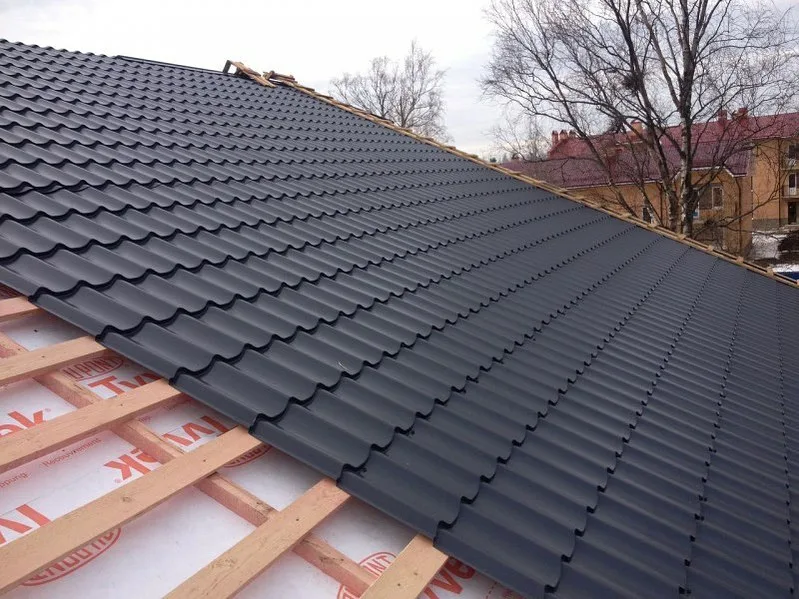
Look for a company that offers:
- Experience with residential roofing systems
- Knowledge of moisture-resistant materials
- Ventilation and insulation solutions
- Thorough inspection and maintenance services
The right contractor will not only fix existing problems but help prevent future ones.
Final Thoughts: Protect Your Investment
Cleveland’s humidity poses a serious threat to roof longevity, especially in residential properties where ventilation or drainage might be lacking. But with a little preventative maintenance and the right materials, you can significantly extend your roof’s lifespan and avoid the high costs of emergency repairs or premature replacement.
If you’re unsure about your roof’s current condition or need help navigating the challenges posed by Cleveland’s climate, Atlas Roofing & Restoration is here to help. With deep roots in the Cleveland area, we understand the unique weather challenges local homeowners face. Our team specializes in residential roofing, and we’re committed to helping you protect your home with high-quality materials, expert craftsmanship, and personalized service. Contact us today for a free inspection or consultation—and let’s keep your roof strong, dry, and beautiful for years to come.

